Scientists Now Know Why These French Rabbits Do Handstands When Moving Fast
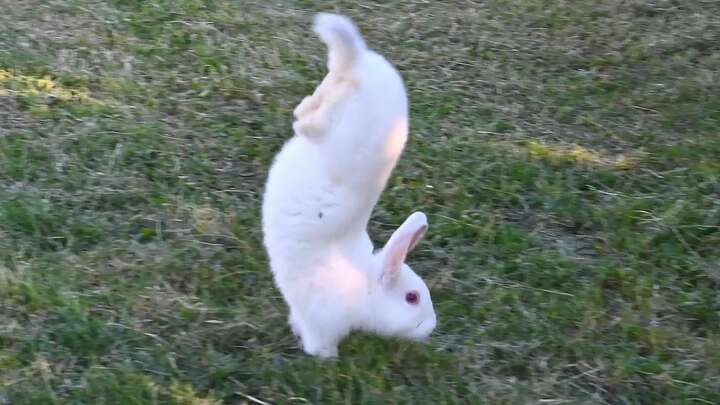
For over a century, animal experts have known that a certain variety of rabbits move exclusively on their front legs when trying to move fast, but they’ve only recently learned why that is. The Sauteur d’Alfort, also known as the Alfort jumping rabbit have baffled scientists for more than a decade. Unlike other rabbit varieties, […]
This Rare Bird Could Go Extinct Because It Has Forgotten Its Mating Song
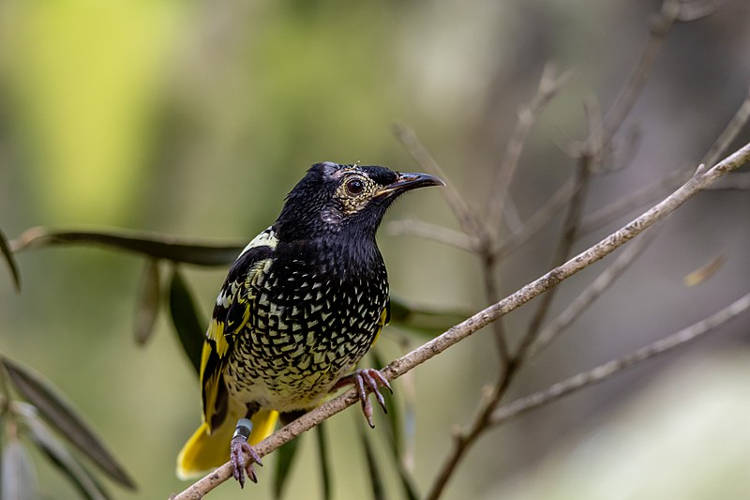
The regent honeyeater is already one of the world’s rarest birds, but experts are worried that it could soon go extinct, because they have forgotten how to sing. Flocks of hundreds of regent honeyeaters could once be spotted all over south-eastern Australia on a regular basis, but today the species is critically endangered, with only […]
This Shiny Sphere Is the World’s Roundest Object
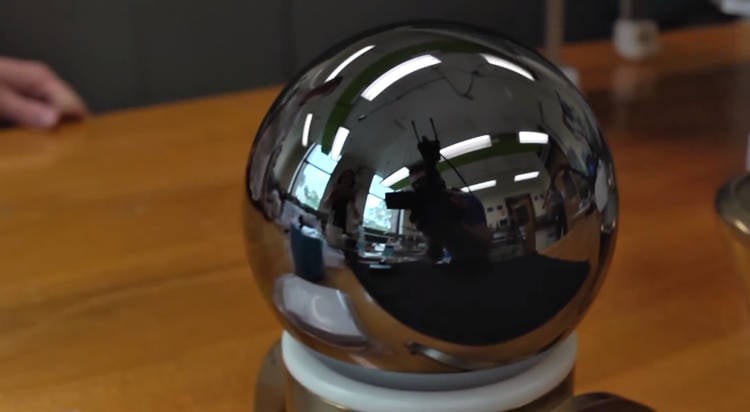
Made out of a single, very expensive, crystal of silicon-28 atoms, and extensively analyzed for imperfections by both humans and computers, this “nearly perfect” sphere is the world’s roundest object. The surface of the world’s roundest object is so smooth that if you were to blow it up to the size of our planet, the […]
There’s Stench, And Then There Is Thioacetone, the World’s Stinkiest Chemical

You’ve probably experienced foul smells before, but as bad as you remember them stinking, scientists say it’s nothing compared to the stench of thioacetone, the world’s smelliest chemical compound. Trash left in the can too long on a summer day, sewage, or the smell of public toilets uncleaned for multiple days, we can all agree […]
Plant Evolves to Become Less Visible to Humans in Areas With Excessive Harvesting
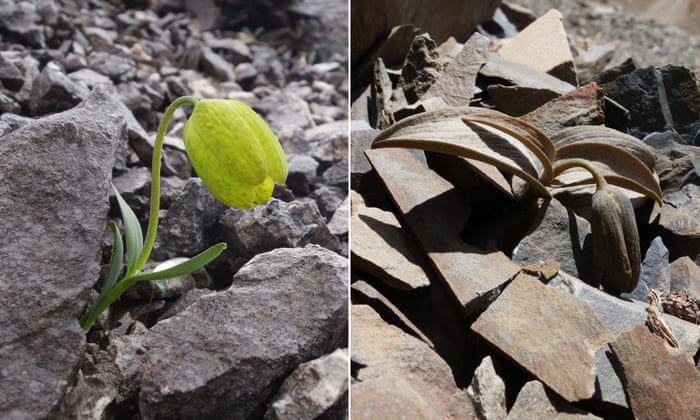
Fritillaria delavayi, a plant used in traditional Chinese medicine, has apparently evolved to match its background and become more difficult to spot as a direct consequence of heavy harvesting. Scientists had known that many plants evolved to use camouflage as a way of hiding from herbivores that may eat them, but a recent study suggests […]
Earth’s Heartbeat – The Mysterious Sound Generated Every 26 Seconds

Ever since the 1960s, seismologists on multiple continents have detected a mysterious pulse generated like clockwork, every 26 seconds. But in the last 60 years no one has been able to figure out what this sound actually is. The “heartbeat of the Earth” was first documented in 1962, by John Oliver, a researcher at the […]
Engineers Develop “White Cooling Paint” That Could Reduce Use of Air Conditioning

The idea that a simple paint could could compete with modern air-conditioning sounds crazy, but researchers at Purdue University say it could become a reality thanks to a cool new “radiative cooling paint” they developed. Engineers at Purdue University recently unveiled a revolutionary white paint that they claim can keep surfaces up to 18 degrees […]
Wall of Wind – World’s Most Powerful Fan System Can Reproduce a Category 5 Hurricane

The Wall of Wind is the world’s largest wind simulator, an impressive contraption capable of generating winds of up to 157 miles per hour (70m/s), comparable to those registered during category 5 hurricanes. In order to better protect against the devastating force of hurricanes, you first have to study them and test various materials against […]
This Beetle Can Survive Being Run Over by a Car
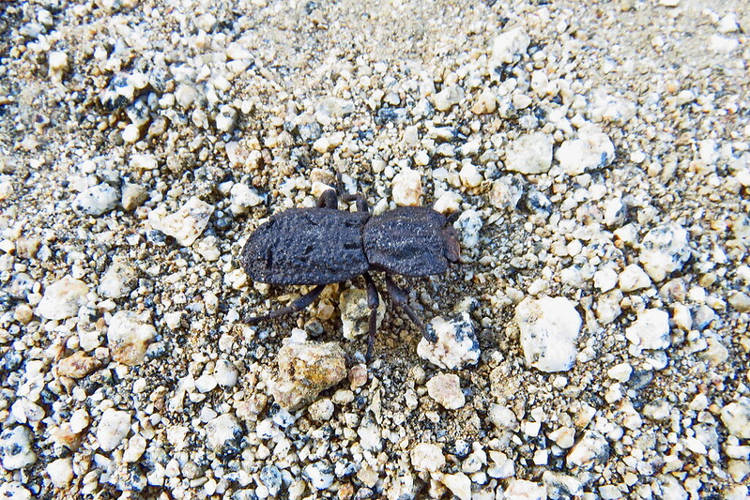
The Diabolical Ironclad Beetle is one of the most resilient beings on the planet. Its protective shell can withstand forces that would pulverize most other living things. In 2015, when entomologists told Jesus Rivera that a beetle found primarily on the west coast of North America had this “superpower” that allowed it to survive being […]
Cow Dung Chip Reduces Cellphone Radiation, Indian Government Official Claims

Vallabhbhai Kathiria, the chairman of a federal body on animal husbandry in India, recently sparked controversy among his countrymen by promoting cow dung ‘chips’ that can allegedly reduce mobile phone radiation and shield users from disease. Named ‘Gausatva Kavach’, the cow dung chip is said to be manufactured by Rajkot-based Shrijee Gaushala (cow shelter) as […]
Researchers Find Extremely Rare Half-Male, Half-Female Bird Specimen
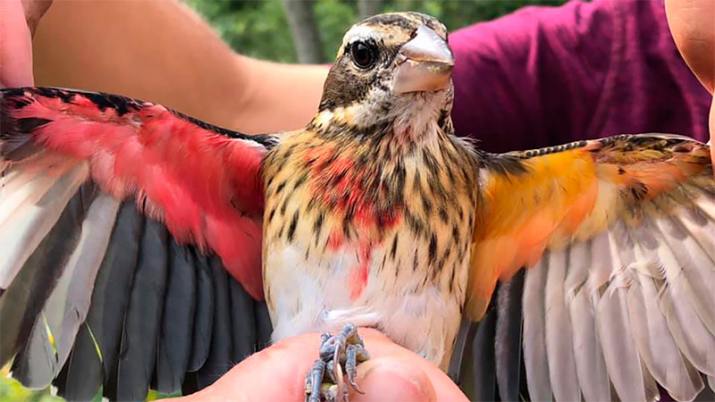
Researchers at the Powdermill Nature Reserve in Pennsylvania recently came across a “once in a lifetime discovery” – a half-male, half-female rose-breasted grosbeak. Annie Lindsay and her colleagues at Powdermill Nature Reserve were catching and banding birds with identification tags on September 24, when a fellow researcher called her over via walkie-talkie to supposedly see […]
Scientist Lets Thousands of Mosquitoes Bite His Arm in the Name of Science
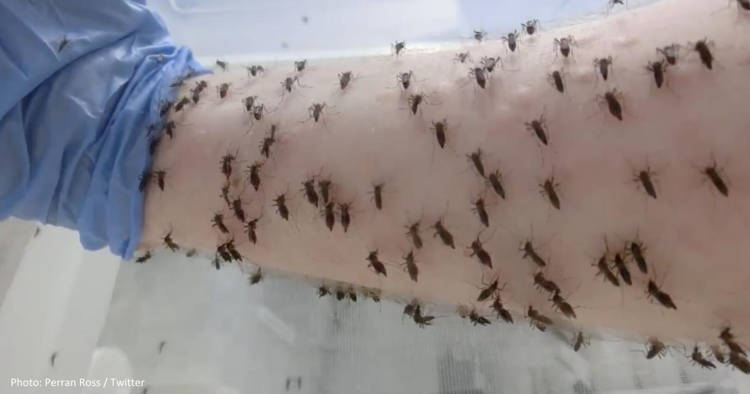
An entomologist from the University of Melbourne lets thousands of mosquitoes bite his arm regularly in order to keep them fed for research on eradicating Dengue fever. Dr Perran Stott-Ross has been involved in mosquito research at the University of Melbourne for many years now, trying to find effective ways of curbing the spread of […]
This Remarkable Beetle Can Somehow Survive Being Eaten by Frogs
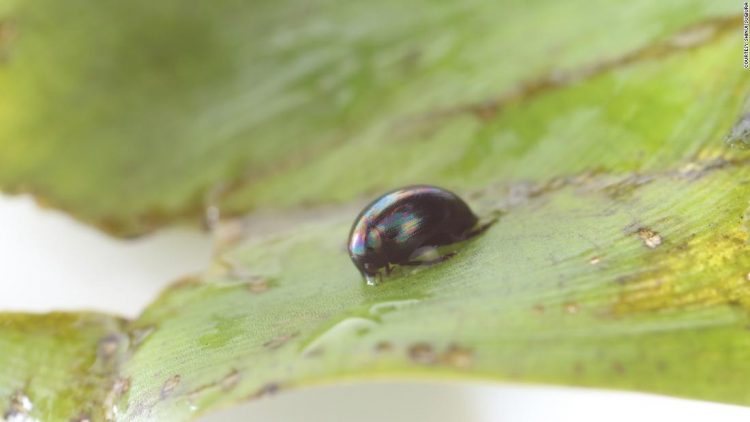
Scientists recently discovered that a species of tiny water beetles can live through being eaten by a frog by somehow surviving a journey through its gut and simply exiting through the butt hole. Until this week, Regimbartia attenuata was just another species of water beetle, but ever since a study on its astonishing survival skills […]
Parasitic Wasp Turns Its Helpless Host Into a Bodyguard for Its Eggs
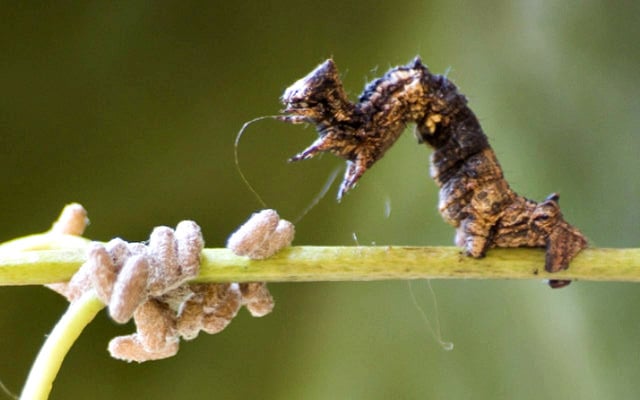
Thyrinteina leucocerae, the caterpillar of the geometer moth, is targeted as a host for a species of parasitoid wasp that can lay up to 80 eggs inside its body. The caterpillar’s reward is a job as bodyguard for the very parasites growing inside it and a slow, agonizing death. The Glyptapanteles wasp is one of […]
World’s Largest Soaring Bird Can Fly 100 Miles Without Flapping Its Wings

According to a fascinating new study, the Andean condor spend almost all of their flying time in soaring mode, flapping their wings only 1.3 percent of the time. Weighing up to about 16 kilograms and with a wingspan of roughly 3.3 meters, the condor is the largest flying bird in the world by combined measurement […]
